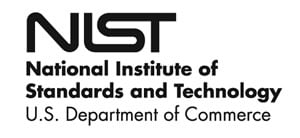RSS feed source: US Computer Emergency Readiness Team
Summary
The Cybersecurity and Infrastructure Security Agency (CISA) and U.S. Coast Guard (USCG) are issuing this Cybersecurity Advisory to present findings from a recent CISA and USCG hunt engagement. The purpose of this advisory is to highlight identified cybersecurity issues, thereby informing security defenders in other organizations of potential similar issues and encouraging them to take proactive measures to enhance their cybersecurity posture. This advisory has been coordinated with the organization involved in the hunt engagement.
CISA led a proactive hunt engagement at a U.S. critical infrastructure organization with the support of USCG analysts. During hunts, CISA proactively searches for evidence of malicious activity or malicious cyber actor presence on customer networks. The organization invited CISA to conduct a proactive hunt to determine if an actor had been present in the organization’s environment. (Note: Henceforth, unless otherwise defined, “CISA” is used in this advisory to refer to the hunt team as an umbrella for both CISA and USCG analysts).
During this engagement, CISA did not identify evidence of malicious cyber activity or actor presence on the organization’s network, but did identify cybersecurity risks, including:
Insufficient logging; Insecurely stored credentials; Shared local administrator (admin) credentials across many workstations; Unrestricted remote access for local admin accounts; Insufficient network segmentation configuration between IT and operational technology (OT) assets; and Several device misconfigurations.
In
Click this link to continue reading the article on the source website.

